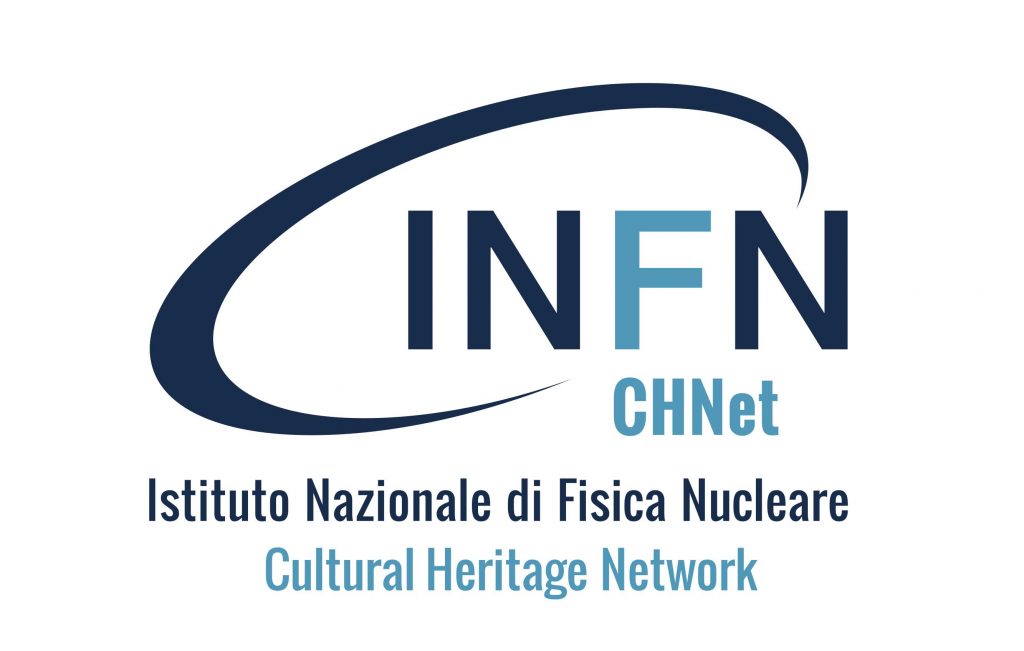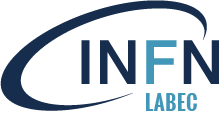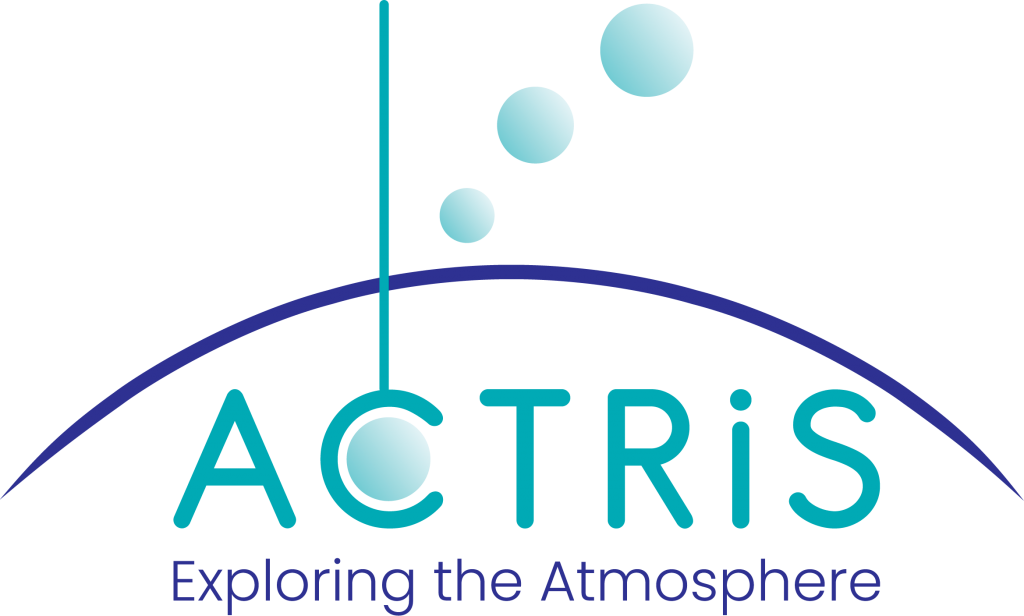LABEC carries out its research activity in the frameworks of national and international collaborations networks too. These networks involve universities and research centers with the aim at boosting innovations in the fields of environment and Cultural Heritage. They also give support and services to the community.
Since 2018, LABEC has been part of ACTRIS-IT, the Italian node of ACTRIS (Aerosols, Clouds and Trace Gases Research Infrastructure), which is the European infrastructure coordinating the observations and the scientific research on aerosol, clouds and gases in atmosphere. ACTRIS has been inserted in the ESFRI roadmap since 2016.
After being supported by the MUR since 2014, ACTRIS-IT was formally constituted in 2017.
In this framework, since 2021, LABEC hosts the Elemental Mass Calibration Centre (EMC2), which represents the reference European center for the analysis of the elemental composition of aerosol by Ion Beam Analysis methods. This centre allows researchers from the international ACTRIS community to analyse particulate matter composition in Florence, promoting a continuous exchange and a large development in the analysis techniques, in the collection and the elaboration of data. In addition, LABEC also works for the definition of guidelines and good practices for aerosol characterization.
For further informations: https://www.actris.eu.
Click here to download further informations about ACTRIS-IT, the Italian node of ACTRIS.
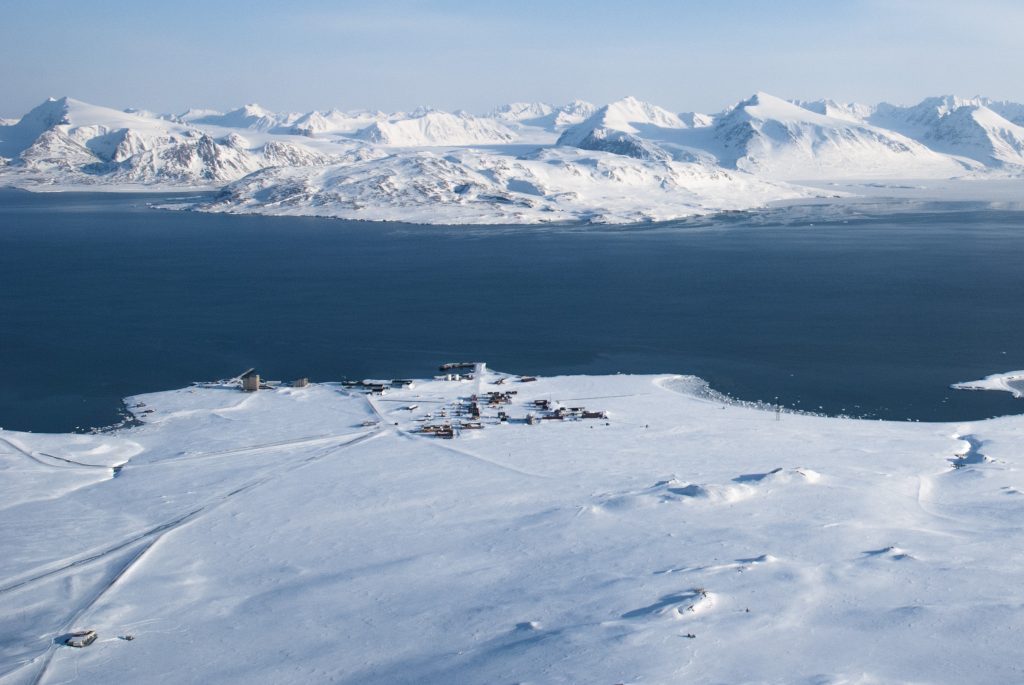
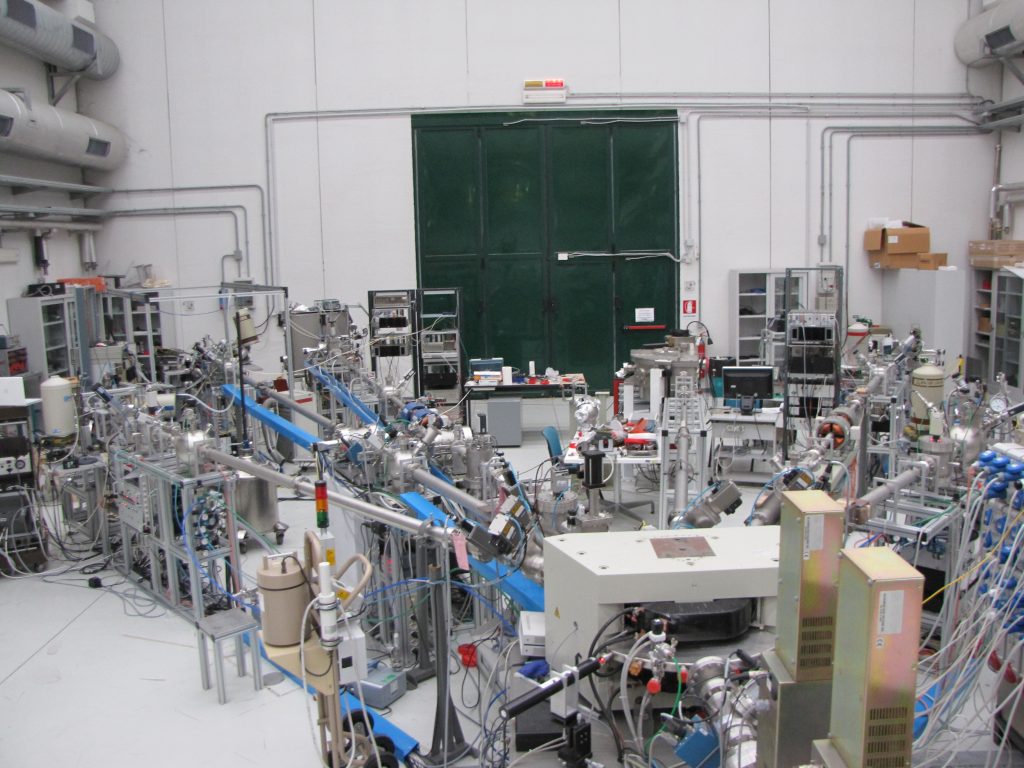
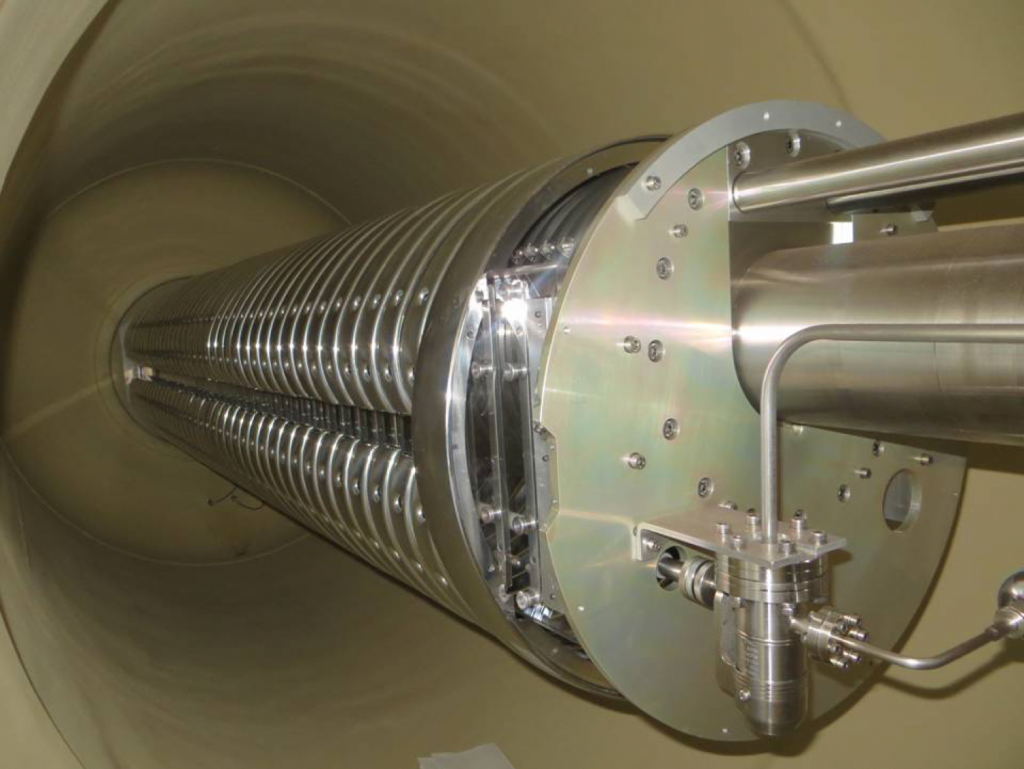
CHNet (Cultural Heritage Network) is the first network of INFN in the framework of technology transfer and it is dedicated to the study of Cultural Heritage. The main activities of CHNet involve the research&development on new technologies, their applications to the study of artworks and archaeological contexts, and the training towards young researchers and cultural heritage experts.
Constituted in 2017, INFN-CHNet has so far become a national and international multidisciplinary subject where INFN laboratories, spread all over the whole national territory, work together with institutions whose competences are complementary to INFN’s. Such institutions are restoration centers, cultural associations, Italian universities and international research institutes.
CHNet is meant to be reference for both public and private subjects working in the context of cultural heritage, thanks to a huge expertise gained in the past decades. Informations about the composition and the provenance of materials, about the artworks realization techniques and about dating can be obtained.
Since many years, the INFN laboratories have applied the most updated technologies and, in addition, have contributed to developed new procedures and instruments. This has deserved an increasing interest by art historians, archaeologists, restorers, museum curators and experts of cultural heritage, who support their work with scientific investigations to, for instance, better programme restorations and choose the most appropriate conservation conditions.
For further informations: http://chnet.infn.it/
